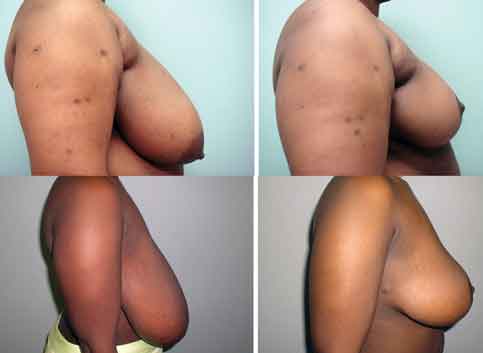Please tweet and retweet
Tweet
 has become the most popular noninvasive fat reduction procedure in the world. Cryolipolysis involves the noninvasive cooling of fat to selectively kill fat cells without injuring surrounding non-fat tissue. These cells slowly dissolve and gradually release the fat contained within them. It takes 2-4 months for this process to reduce the fat layer and the results of a cryolipolysis treatment become visible. A just published review of patients undergoing the procedure between 2013 and 2016 revealed that as many as 1 out of every 138 cryolipolysis treatments has the opposite effect. Those patients develop paradoxical adipose hyperplasia (PAH) i.e. the fat in the treated area grows larger becoming noticeable up to 3 months following the treatment. There have been no described cases of this resolving on its own.
has become the most popular noninvasive fat reduction procedure in the world. Cryolipolysis involves the noninvasive cooling of fat to selectively kill fat cells without injuring surrounding non-fat tissue. These cells slowly dissolve and gradually release the fat contained within them. It takes 2-4 months for this process to reduce the fat layer and the results of a cryolipolysis treatment become visible. A just published review of patients undergoing the procedure between 2013 and 2016 revealed that as many as 1 out of every 138 cryolipolysis treatments has the opposite effect. Those patients develop paradoxical adipose hyperplasia (PAH) i.e. the fat in the treated area grows larger becoming noticeable up to 3 months following the treatment. There have been no described cases of this resolving on its own.The combination of suction and cold in #coolsculpting initiates an inflammatory response in some individuals most likely in response to dying fat cells resulting in enlargement and/or proliferation of the adjacent fat cells. It is currently unclear if this is mostly due to machine settings, genetic predisposition or technical aspects of the treatment. While inflamed the pinched fat feels hard and may be tender to pinch. It takes 6 to 9 months after the initial coolsculpting treatment for the inflammation to resolve and the fat to soften on pinch. The treatment for PAH is standard surgical liposuction but if the surgery is performed before the fat softens/inflammation resolves it will only stimulate the fat to grow even more. Unfortunately more than 1 liposuction treatment may be required, liposuction that employs heat (laser assisted liposuction, Vaser...) compound the problem and
paradoxical adipose hyperplasia after coolsculpting that has stretched the skin
if this occurs on the abdomen it can stretch the skin turning a patient for whom liposuction would have been sufficient before coolsculpting to someone who requires an abdominoplasty/tummy tuck after coolsculpting.
The incidence of PAH after coosculpting is high enough that it should be on the consent forms for the treatments to meet the definition of informed consent for the treatments.
Call today for a consultation!
310-246-0537Liposuction and its variants tumescent liposuction, superficial liposuction, smartlipo, power assisted liposuction, microliposculpture, smartlipo
Dr. Aaron Stone - Plastic Surgeon Los Angeles
Dr. Stone's Twitter
Dr. Stone's Facebook






